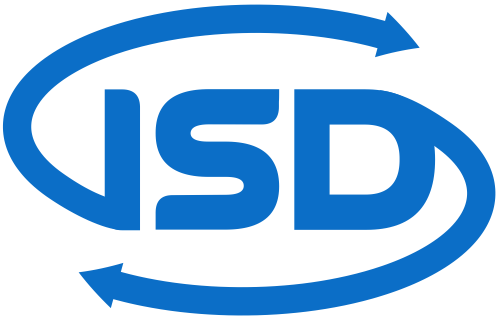Abstract
Context. Agile organisations continuously change their business strategy with an adaptive, outside-in perspective to align their goals, structure, and supporting information systems. Conceptual modelling for strategy and systems alignment has been tackled by enterprise architecture and goal modelling frameworks, however, these approaches require expensive modelling efforts and lack precise modelling procedures that hinder its use in agile, model-driven software development processes. Objective. We present LiteStrat, a lightweight modelling language and procedure for business strategy. Method. LiteStrat was designed by assembling concepts from existing enterprise architecture and goal frameworks. An experimental evaluation is presented to explore improvements over a reference goal modelling framework. Results. Significant accuracy improvements for representing business strategy concepts were found, without affecting complexity, efficiency, and subjects’ satisfaction. Conclusions. The adaptive, domainaccurate, and lightweight approach of LiteStrat to model business strategy serve as a basis for its integration with business process and system models in an MDD context.
Paper Type
Full Paper
The LiteStrat Method: Towards Strategic Model-Driven Development
Context. Agile organisations continuously change their business strategy with an adaptive, outside-in perspective to align their goals, structure, and supporting information systems. Conceptual modelling for strategy and systems alignment has been tackled by enterprise architecture and goal modelling frameworks, however, these approaches require expensive modelling efforts and lack precise modelling procedures that hinder its use in agile, model-driven software development processes. Objective. We present LiteStrat, a lightweight modelling language and procedure for business strategy. Method. LiteStrat was designed by assembling concepts from existing enterprise architecture and goal frameworks. An experimental evaluation is presented to explore improvements over a reference goal modelling framework. Results. Significant accuracy improvements for representing business strategy concepts were found, without affecting complexity, efficiency, and subjects’ satisfaction. Conclusions. The adaptive, domainaccurate, and lightweight approach of LiteStrat to model business strategy serve as a basis for its integration with business process and system models in an MDD context.



Recommended Citation
Noel, R., Panach Navarrete, J. I., Ruiz, M., & Pastor Lopez, O. (2021). The LiteStrat Method: Towards Strategic Model-Driven Development. In E. Insfran, F. González, S. Abrahão, M. Fernández, C. Barry, H. Linger, M. Lang, & C. Schneider (Eds.), Information Systems Development: Crossing Boundaries between Development and Operations (DevOps) in Information Systems (ISD2021 Proceedings). Valencia, Spain: Universitat Politècnica de València.